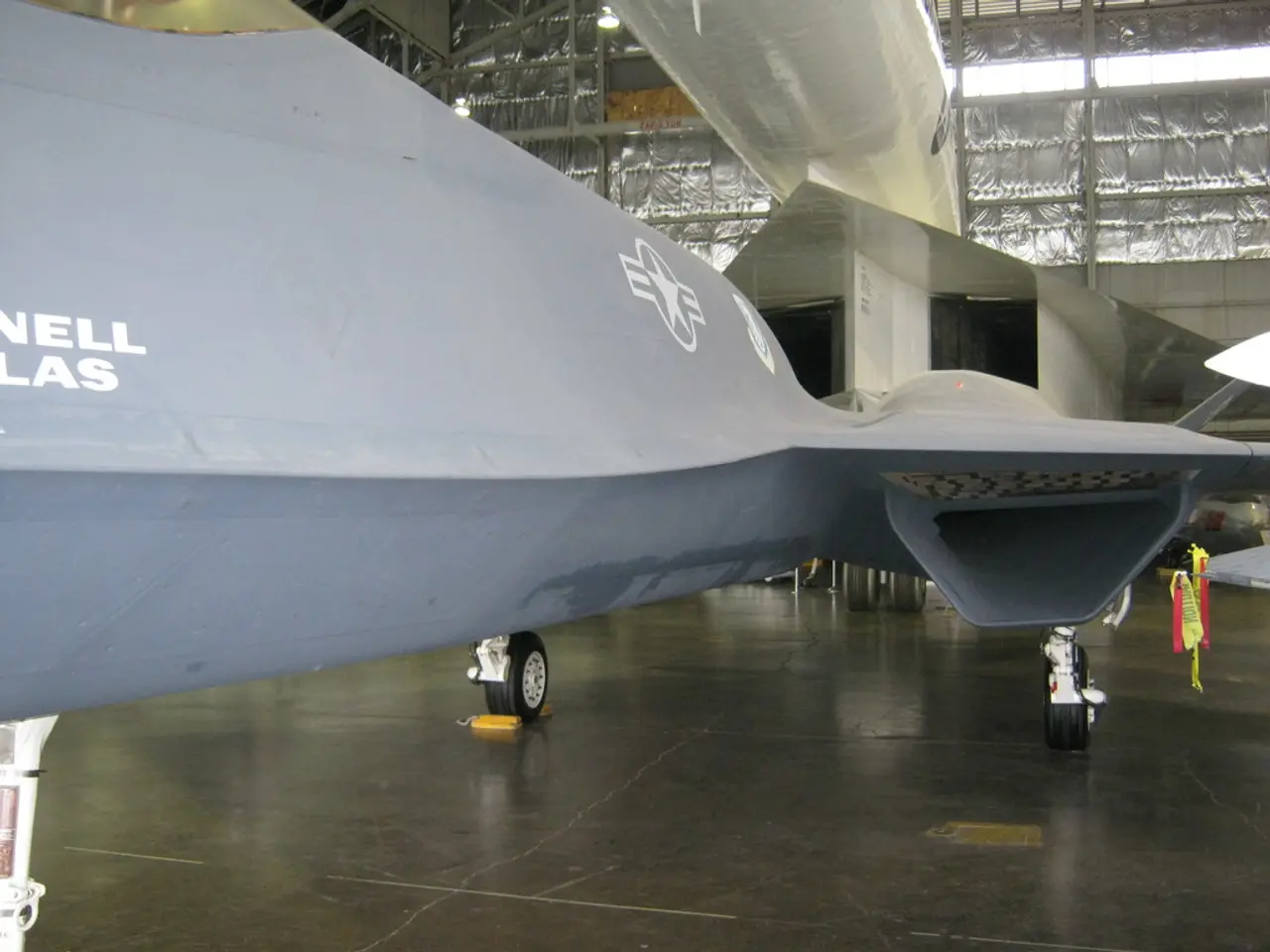Aircraft manufacturer Boeing faces severe criticism in a harsh report following a door explosion on Alaska Airlines.
The National Transportation Safety Board (NTSB) has released its full report on the Alaska Airlines Flight 1282 incident involving a Boeing 737 MAX 9, which occurred on January 5, 2024. The report highlights several key findings, with the main focus on Boeing's manufacturing oversight, training, and record-keeping processes, as well as the FAA's insufficient regulatory supervision.
The incident occurred during a flight from Portland to Ontario, where the aircraft experienced a sudden mid-flight cabin depressurization. This was caused by the separation of the left mid-exit door (door plug panel) at an altitude of approximately 16,000 feet. The separation created a large hole in the fuselage, leading to an emergency landing in Portland. Eight people sustained minor injuries, but all passengers and crew survived.
The door plug panel had been removed during manufacturing at Boeing's Renton factory to address a rivet issue. However, it was reinstalled without the four critical bolts meant to secure it. This removal was never documented, so no final inspection verified the correct reinstallation.
The NTSB found that Boeing did not provide adequate training or guidance for manufacturing personnel to ensure compliance with parts removal and reinstallation procedures. This failure directly contributed to the missing bolts and subsequent door plug separation. The FAA's oversight was also found lacking in detecting and preventing these systemic safety issues.
Communication difficulties between the flight and cabin crew after the depressurization delayed situational awareness. The report notes missing or unclear communication about the hole in the aircraft.
Investigators identified that the door plug had gradually shifted during the 154 flights before the incident due to insecure attachment. The probable cause of the accident was determined to be Boeing's failure to provide adequate training, guidance, and oversight necessary to ensure that manufacturing personnel could consistently and correctly comply with its parts removal process.
The FAA's ineffective compliance enforcement surveillance and audit planning activities also contributed to the accident. The short stamp process, intended to document the work that needed to be deferred or "traveled" to allow for the rivet rework, was not correctly applied for the accident airplane.
The accident occurred before the Boeing 737 MAX was grounded worldwide following two fatal crashes in 2018 and 2019. The first officer completed the rapid decompression checklist while the captain flew the aircraft back to Portland, where it landed safely without further incident.
The full NTSB report can be accessed on the NTSB's website for further details. The incident also resulted in groundings of similar aircraft for inspection and led to lawsuits that were later settled. The final report into the Alaska Airlines Flight 1282 accident places the blame squarely on Boeing and the FAA.
The airline news regarding Alaska Airlines Flight 1282 incident, which occurred on January 5, 2024, highlights the involvement of technology in the Cabin depressurization due to the separation of the left mid-exit door caused by improper reinstallation of the door plug panel at Boeing's Renton factory. The report notes that Boeing's technology systems, including those for documentation and guidance, were found lacking, which directly contributed to the negligence in parts removal and reinstallation procedures.




